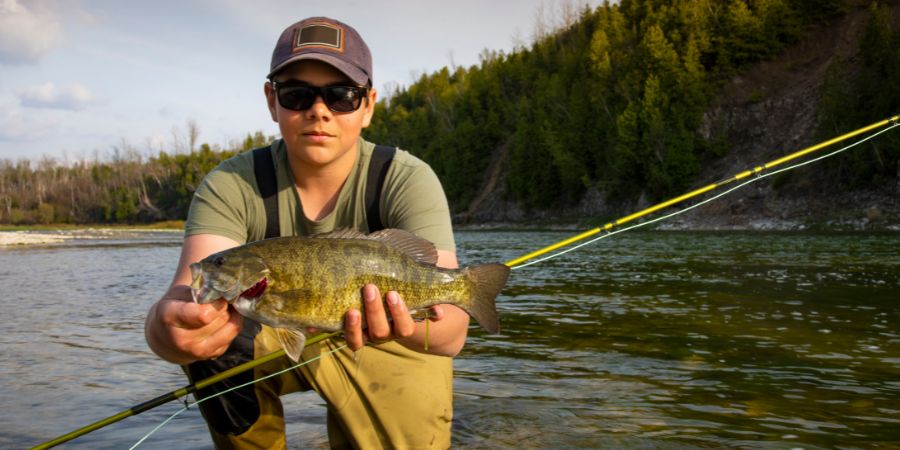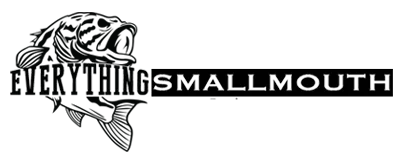
The Susquehanna River is one of the East Coast’s premier smallmouth bass fisheries. The main stem of the river, particularly between Harrisburg and Selinsgrove, offers ample opportunities for shore anglers to target this amazing species. Let’s delve into the specifics:
1. Access Points (from South to North):
- Harrisburg:
- City Island: Offers plenty of shore fishing opportunities, parking, and facilities.
- Front Street Public Access: You can park along Front Street and access numerous fishing spots.
- Fort Hunter Park (North of Harrisburg):
- Provides good shore fishing opportunities. It’s located where the river bends, offering diverse current patterns. The area below the Statue Of Liberty can be amazing late in the mid to late fall!
- West Fairview:
- Located at the confluence of the Susquehanna and Conodoguinet Creek. Excellent spot, especially in spring.
- Marysville:
- Plenty of public access points along the river.
- Duncannon:
- Access points near the confluence of the Juniata and Susquehanna Rivers.
- Halifax:
- Various public access spots suitable for shore fishing.
- Millersburg:
- MYO Park and multiple access points along Riverfront Park.
- Selinsgrove:
- Isle of Que: A long narrow island with various access points along its length.
2. Baits and Equipment:
- Baits:
- Soft Plastics: Tubes in green pumpkin, watermelon, and smoke colors. Senkos and soft plastic jerkbaits can also be effective in summer. Try suspending jerkbaits as watertemperatures are in the 50s.
- Crankbaits: Medium-diving crankbaits in shad or crawfish patterns.
- Topwater: Poppers, buzzbaits, Whopper Ploppers and walking baits for early morning, late evening, or overcast days.
- Other Jigs: Football jigs, finesse jigs, and swim jigs in colors mimicking crayfish or baitfish.
- Swimbaits and Spinnerbaits: Use weedless varieties of hooks for reducing lost lures.
- Equipment:
- Rods: A 6’6″ to 7′ medium or medium-heavy spinning rod.
- Reels: 2500 to 3000 series spinning reels.
- Line: 6-10 lb fluorocarbon or monofilament, or 10-20 lb braid with a fluorocarbon leader.
3. Best Time of Year:
- Spring (Late April to June): Pre-spawn and spawn periods. Fish are active and aggressive. Look for them in shallower areas and near spawning beds.
- Summer (July to Early September): Fish early morning or late evening to avoid high temps. Fish will move to deeper holes and structure during the hottest parts of the day.
- Fall (Late September to November): A great time as fish feed heavily in preparation for winter. Focus on areas with moving water, rock piles, or any other type of structure.
- Winter: Fishing can be slow, but it’s still possible. Look for the deepest parts of the river where fish will congregate.
Tips:
- Currents: Smallmouth bass use the current to their advantage, positioning themselves behind rocks or other structures to ambush prey. Focus on eddies, current breaks, and seams.
- Safety: The Susquehanna has areas of strong current. Always wear a life jacket, watch your footing, and be cautious when wading.
- Conservation: Practice catch and release to maintain the health and vitality of the smallmouth bass population in the Susquehanna River.
Whether you’re a seasoned angler or a beginner, the Susquehanna River promises exciting opportunities to connect with smallmouth bass. With the right approach and respect for the river, you’re sure to have an amazing time.


